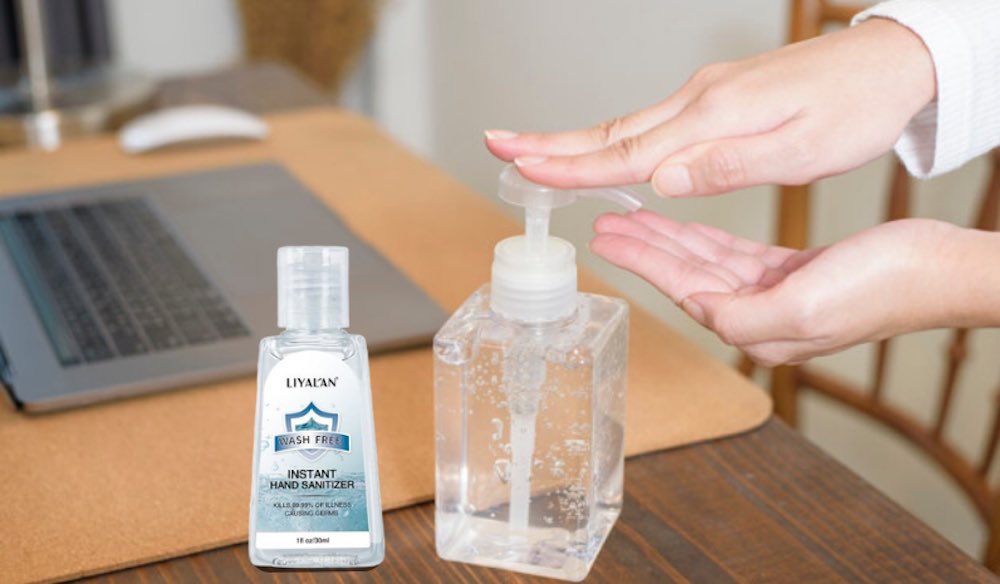Your hands are that part of your body, which is the most exposed to viruses and bacteria. From the handling of objects to meeting people, hands are the prime carriers of germs.
We mindlessly touch our faces and mouth numerous times a day; hence proper cleaning of your hands is of utmost importance.
Cleaning your hands is crucial whether you do so by using hand sanitizers or by washing your hands with soap and water. However, due to the current global health condition, the question arises; which method is more effective?
Here we’ve broken down the merits and demerits of both these methods and how effective they are.
Pros and Cons of Hand Sanitizers
The portability and quick-to-use nature of hand sanitizer is what makes them an everyday staple for people worldwide. Amidst the global pandemic, they offer a sense of security wherever you go. But are they effective?
According to health professionals all over, alcohol-based sanitizers can effectively and quickly reduce the number of microbes on one’s hands but cannot remove them altogether.
The composition of ingredients in your hand sanitizer plays an essential role in determining their germ combatting capabilities. The best hand sanitizer would have at least a 60% alcohol concentration or more. If the percentage falls lower than this, then the germ removal process is adversely affected.
Soap and water are not available on the go, which makes hand sanitizers a great alternative. However, hand washing should not be replaced with sanitizers solely. Despite their immediate and comfortable nature, hand sanitizers still cannot eradicate the bacteria from your hands as thoroughly as soap and water.
Why is Hand Washing Recommended?
The traditional method of washing hands with soap and water is always preferred over sanitizers by health experts all over. This is because hand washing removes germs and bacteria more efficiently than any other method.
Hand sanitizers are often ineffective against certain types of bacteria. This makes you prone to certain diseases if your hands make contact with your eyes or your mouth.
Additionally, sanitizers don’t remove the dirt or grease particles from your hands. Soap manages to effectively kill the germs as well as bind the grease and physically remove them off your hands, while the water washes it down the drain.
Almost all soaps are effective in fighting off any germs and bacteria. However, it is essential to note that while anti-bacterial soaps are being marketed superior for cleansing, there is no actual evidence of them being any different from regular soap.
In the end, it all comes down to the technique you use for either method, which will determine how protected you are.
How to Properly Use Sanitizers and Soaps
While both methods help to clean your hands, the way you use them plays the most crucial role in protecting you from all harmful germs.
Even though proper hand washing is the ideal method of cleaning your hands, hand sanitizers are helpful to use anywhere and everywhere. To properly use hand sanitizers you should:
When washing your hands with soap and water, the proper way is to follow these steps:
So, while hand sanitizers are a lifesaver in emergencies, it is not as effective as washing your hands with soap and water. Hand sanitizers might reduce the number of germs on your hands but cannot completely eradicate all the bacteria and debris as hand washing does.








